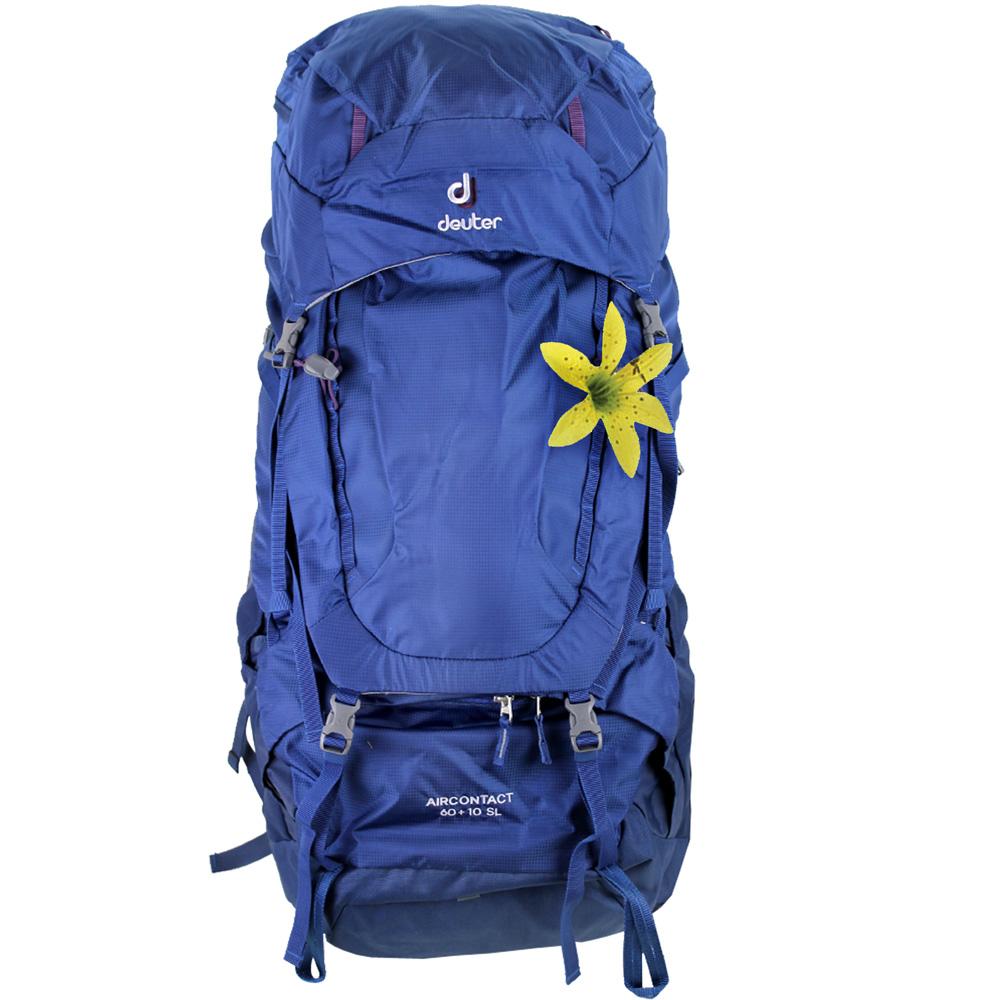How to adjust backpack correctly
_1742296034.jpg&w=3840&q=75)
Intro
A poorly adjusted trekking backpack is often the cause of pain and tension. With the right setup, you can greatly improve comfort and stability.
What do you need?
1. Fill with a Realistic Load
Fill the backpack with a realistic load for testing. Loosen all straps before putting it on.
2. Position the Hip Belt
Wrap the hip fins around your hips so they cover the top of the hip bone and secure the hip belt. Avoid positioning too high or too low to prevent discomfort or chafing.
3. Adjust Shoulder Straps
Lightly tighten the shoulder straps so most of the load is carried by the hip belt. The anchor points should be between your shoulder blades and the padding should wrap fully around your shoulders.
4. Choose Correct Back Length
Ensure you select the proper back length to allow freedom of movement and relieve your neck muscles.
5. Close the Sternum Strap
Position and close the sternum strap at the correct height, making sure it doesn’t restrict your breathing. This helps stabilize the shoulder straps.
6. Adjust Stabiliser Straps
For better load control on the trail, tighten the stabiliser straps on the hip belt and shoulder straps. Loosen them for more mobility and ventilation on easy terrain.
7. Shift the Load During Long Hikes
Shift the load between your hips and shoulders by loosening or tightening straps during long days to reduce strain.






